Selecting the right fabric for sportswear is critical not just for ensuring comfort but also for optimizing performance, durability, and style. Sportswear fabrics need to be carefully chosen based on their intended purpose—whether it’s for high-intensity training, yoga, or casual athleisure. The best sportswear fabrics integrate advanced textile technologies to support the wearer through various athletic activities.
Choosing fabric for sportswear is not just about meeting one functional requirement, but about optimizing multiple features to suit specific sports, weather conditions, and activity levels.
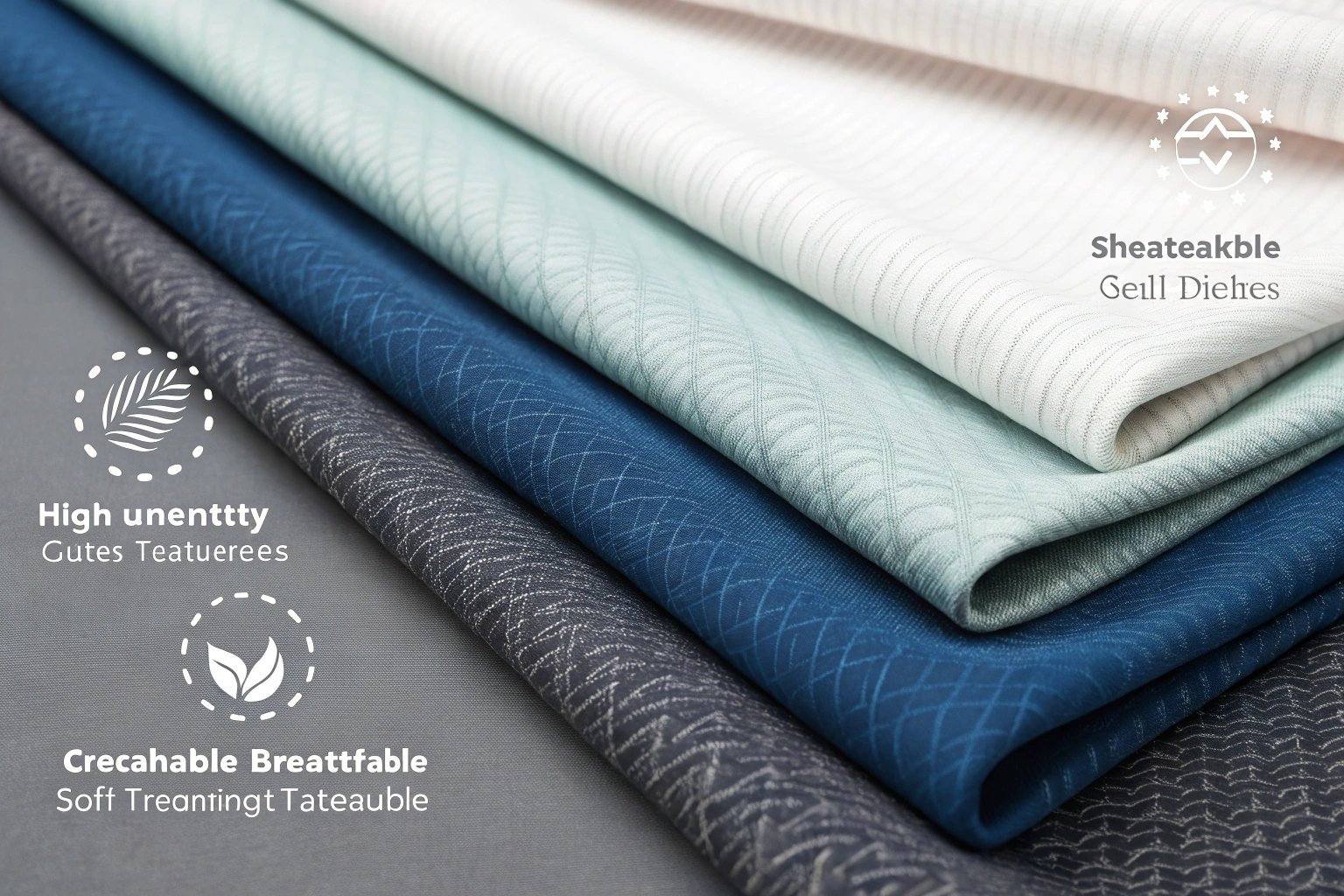
Understanding the unique properties of different fabrics allows brands to offer targeted performance advantages, whether for running, yoga, or casual wear. In this article, we’ll dive into the six most commonly used sportswear fabrics and explore their features, applications, and benefits.
Which type of fabric is used in sportswear?
The ideal sportswear fabric depends on several factors: moisture management, breathability, elasticity, durability, and environmental impact. Each sport has its specific demands, and fabrics need to be tailored accordingly. The most commonly used materials in sportswear include polyester, nylon, spandex, bamboo fiber, cotton blends, and merino wool.
Key Fabric Types Used in Sportswear
| Fabric Type | Key Features | Best Use Case |
|---|---|---|
| Polyester | Lightweight, durable, moisture-wicking, quick-drying | Running gear, gym wear, activewear |
| Nylon | Strong, abrasion-resistant, breathable | Yoga wear, cycling shorts, athletic gear |
| Spandex/Elastane | Stretchable, form-fitting, high elasticity | Compression wear, yoga pants, performance gear |
| Bamboo Fiber | Eco-friendly, breathable, anti-bacterial | Eco-conscious activewear, athleisure |
| Cotton Blend | Soft, natural feel, comfortable, breathable | Casual wear, light training, everyday athleisure |
| Merino Wool | Temperature regulating, moisture-wicking | Winter sportswear, base layers, thermal wear |
By selecting fabrics that meet specific needs, designers can enhance performance and ensure that each garment delivers both comfort and function.
What are the different types of sportswear?
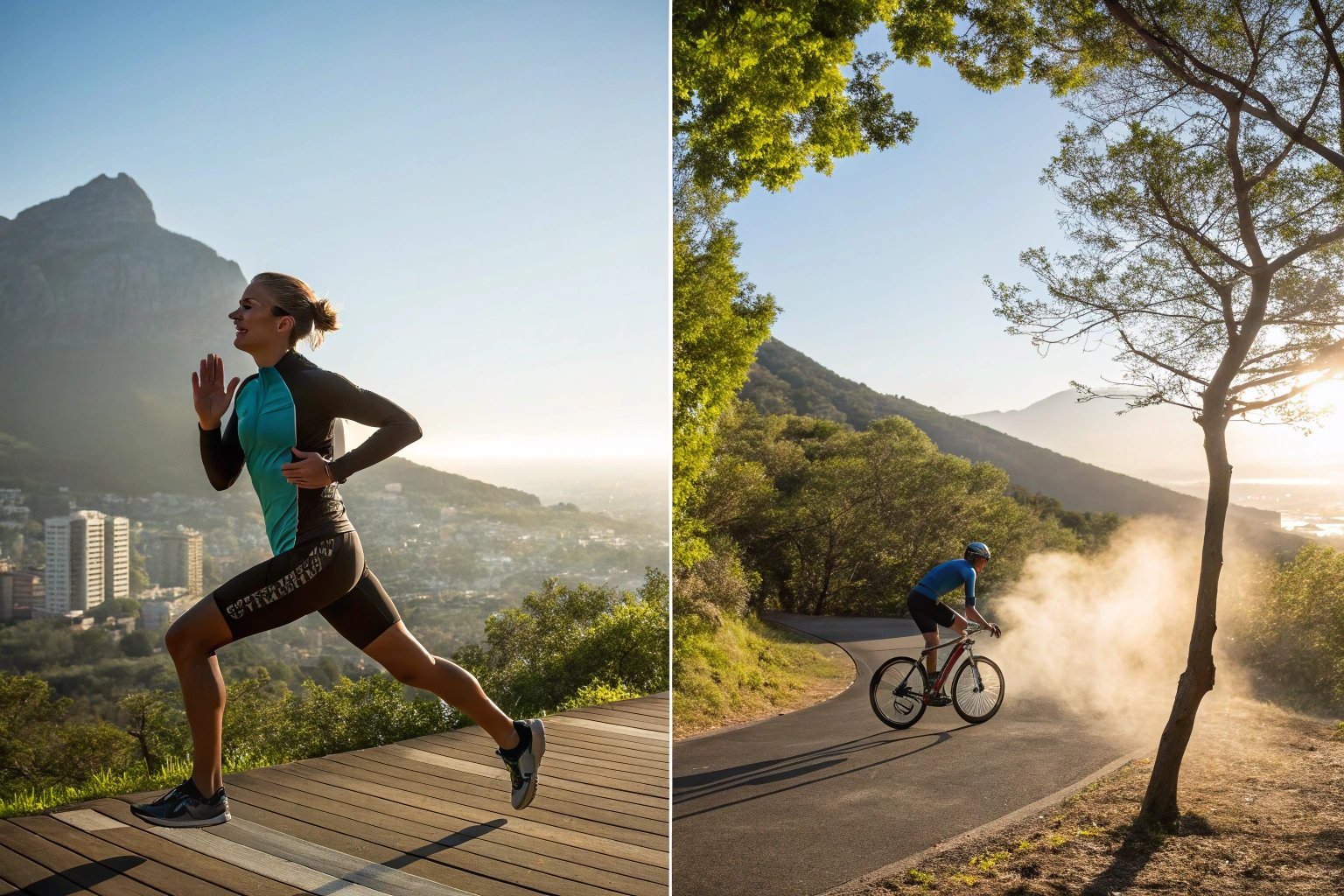
Sportswear encompasses a wide range of activities, each requiring specialized fabric technology. For high-performance sportswear, the fabrics must meet certain criteria: moisture-wicking, stretchability, breathability, durability, and thermal regulation. Below are the key fabric types commonly used in sportswear, each with its own set of performance attributes.
Polyester: The Versatile Workhorse
Polyester is one of the most commonly used fabrics in sportswear due to its ability to wick moisture away from the body, keeping athletes dry during intense physical activity. This fabric is also durable, resistant to wrinkles, and can dry quickly, making it perfect for a wide range of sports.
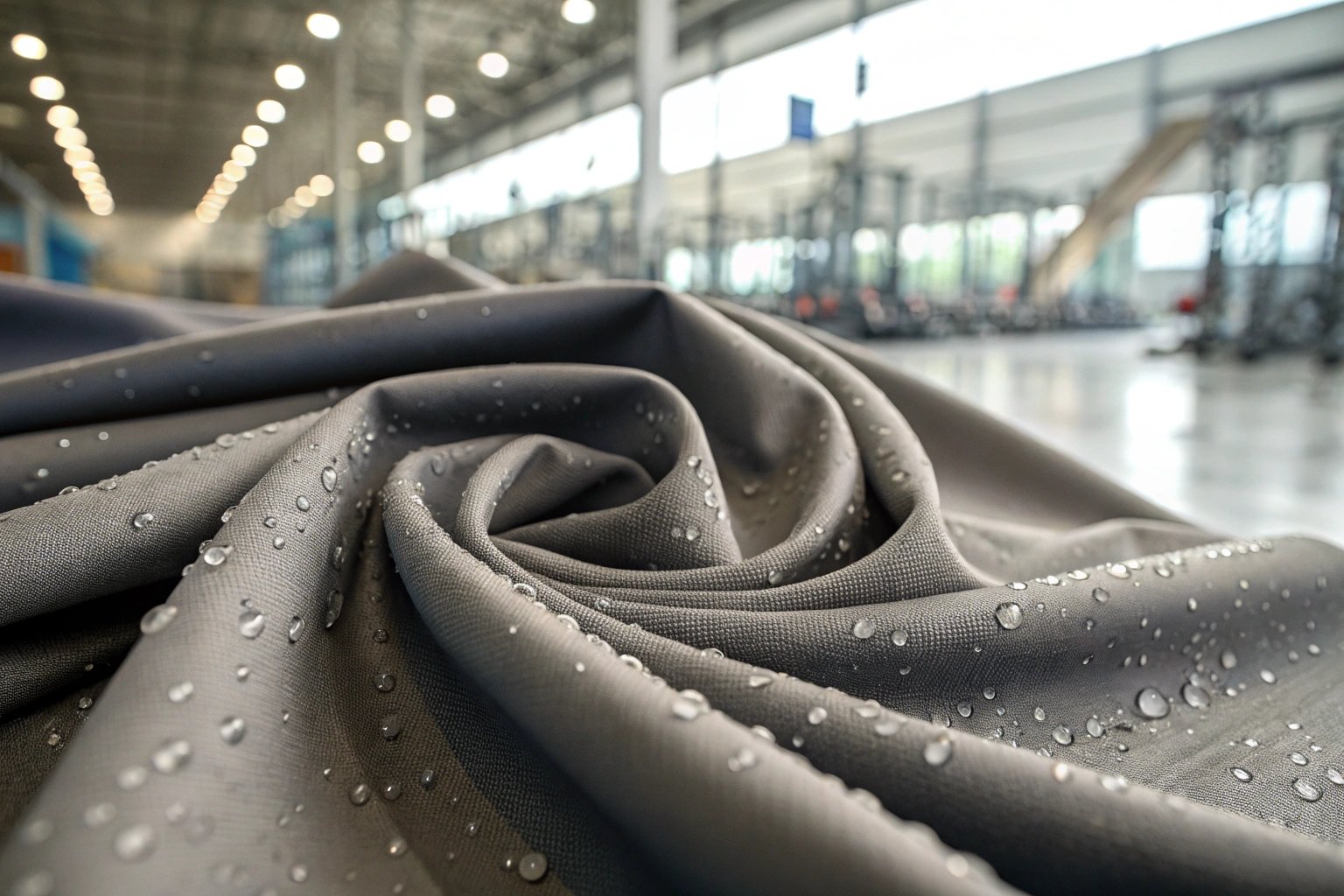
Best Uses: Running apparel, gym gear, performance wear, and workout T-shirts.
Performance Features:
- Moisture-Wicking: Keeps sweat away from the skin, ensuring that athletes stay dry.
- Durable: Resistant to wear and tear, making it ideal for intense activities.
- Quick-Drying: Ideal for outdoor sports where weather conditions can change rapidly.
- UV Protection: Can be treated to offer UV protection, useful in outdoor sports.
Nylon: Lightweight and Abrasion-Resistant
Nylon is another popular fabric for sportswear due to its strength, abrasion resistance, and breathability. It’s lightweight, dries quickly, and is often combined with spandex or elastane for added stretch and comfort.
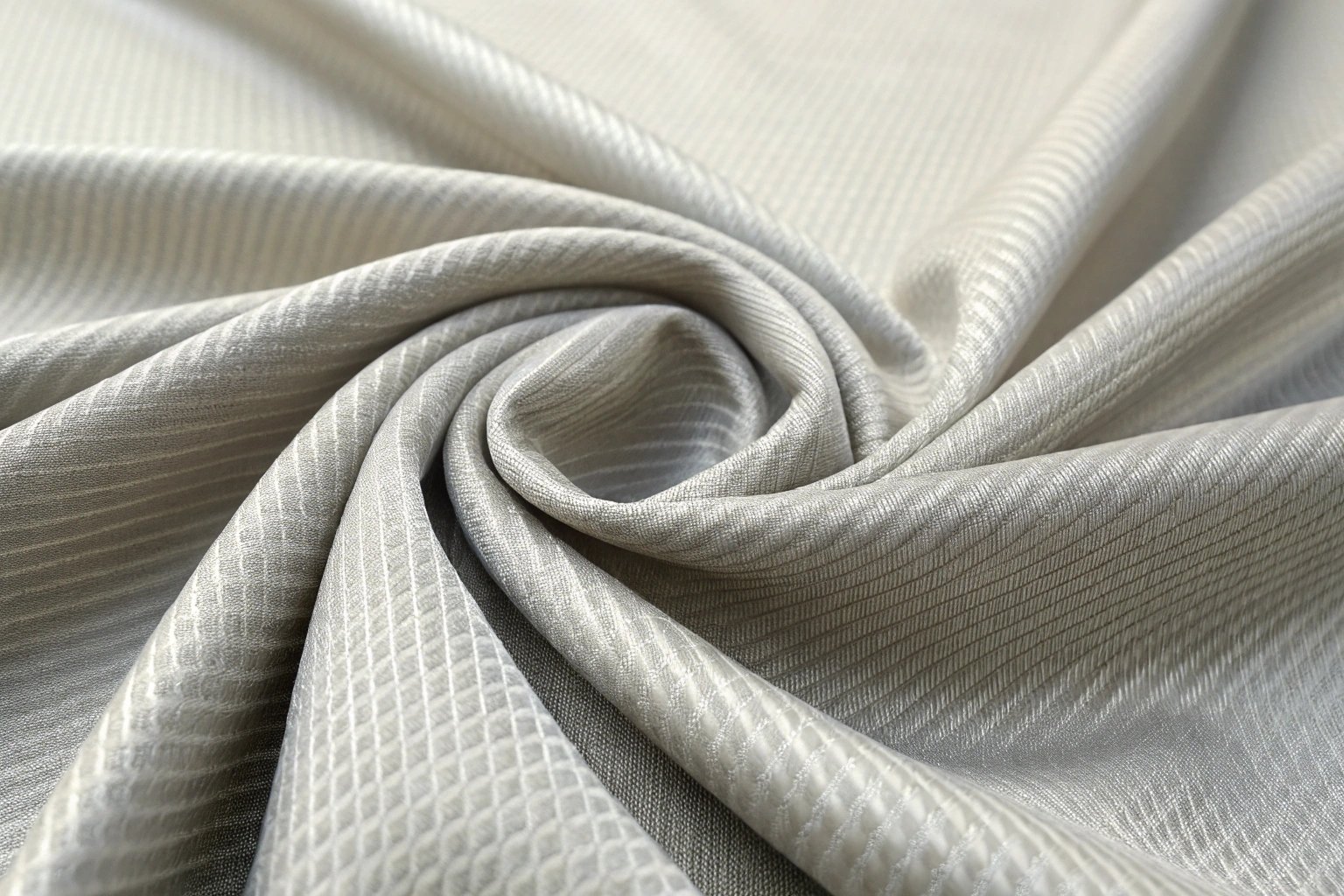
Best Uses: Yoga pants, cycling shorts, sports bras, and lightweight jackets.
Performance Features:
- Breathable: Allows air to flow freely, preventing overheating during physical activity.
- Durability: Highly resistant to abrasion, making it ideal for activities like cycling or outdoor adventures.
- Flexibility: When blended with spandex, nylon offers excellent stretch and mobility.
- Quick-Drying: Nylon dries faster than cotton, making it a preferred choice for outdoor and activewear.
Spandex/Elastane: Ultimate Flexibility and Support
Spandex (also known as Lycra or elastane) is known for its exceptional elasticity. This fabric is commonly used in performance wear and sportswear for its stretch properties, allowing the fabric to mold to the body, providing support and comfort during exercise.
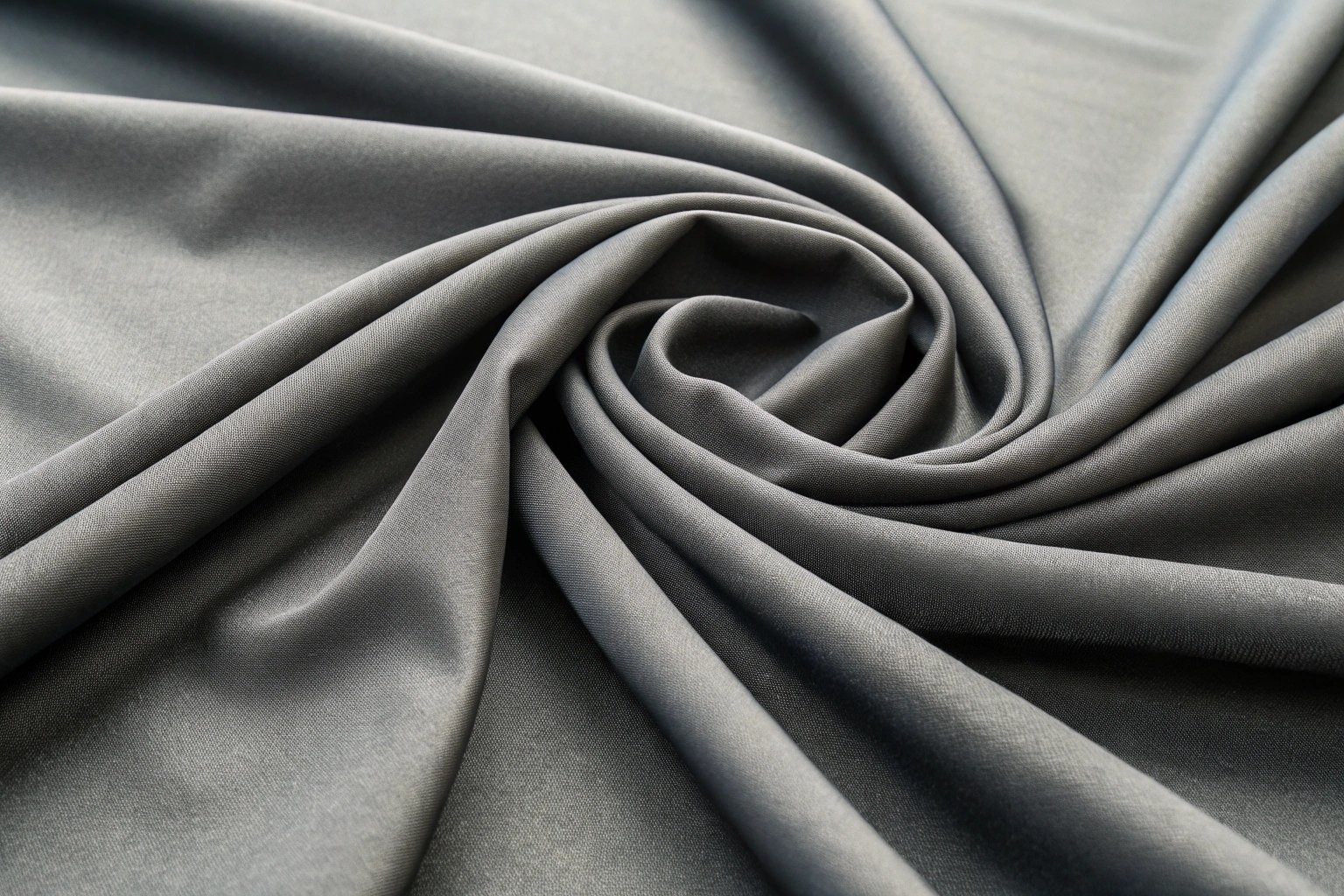
Best Uses: Compression wear, running tights, sports leggings, and yoga wear.
Performance Features:
- High Stretchability: Provides the flexibility needed for activities that involve intense movement, like running or yoga.
- Shape Retention: Keeps its shape even after repeated stretching, making it ideal for form-fitting garments.
- Breathable: When blended with other materials, spandex enhances the breathability of the garment.
- Moisture-Wicking: Spandex, when blended with moisture-wicking fabrics, offers both flexibility and dryness during exercise.
Bamboo Fiber: Eco-Friendly Performance

Bamboo fabric is becoming more popular due to its eco-friendly nature. It’s naturally moisture-wicking, anti-bacterial, and breathable. Bamboo is a great alternative for consumers seeking sustainable fabrics without sacrificing comfort or performance.
Best Uses: Athleisure, eco-conscious activewear, casual wear.
Performance Features:
- Eco-Friendly: Bamboo is a sustainable resource, making it a great option for brands focused on sustainability.
- Breathable: Bamboo is naturally breathable, helping to regulate body temperature during physical activities.
- Anti-Bacterial: Bamboo’s natural properties help reduce odor, keeping activewear fresh.
- Soft and Comfortable: It has a soft, luxurious feel, making it ideal for close-fitting garments like leggings or tops.
Cotton-Blend: Comfort Meets Performance
Cotton-blend fabrics are typically made from a mixture of cotton and synthetic fibers like polyester or elastane. These fabrics combine the natural softness of cotton with the performance properties of synthetics, providing a balance of comfort, durability, and functionality.
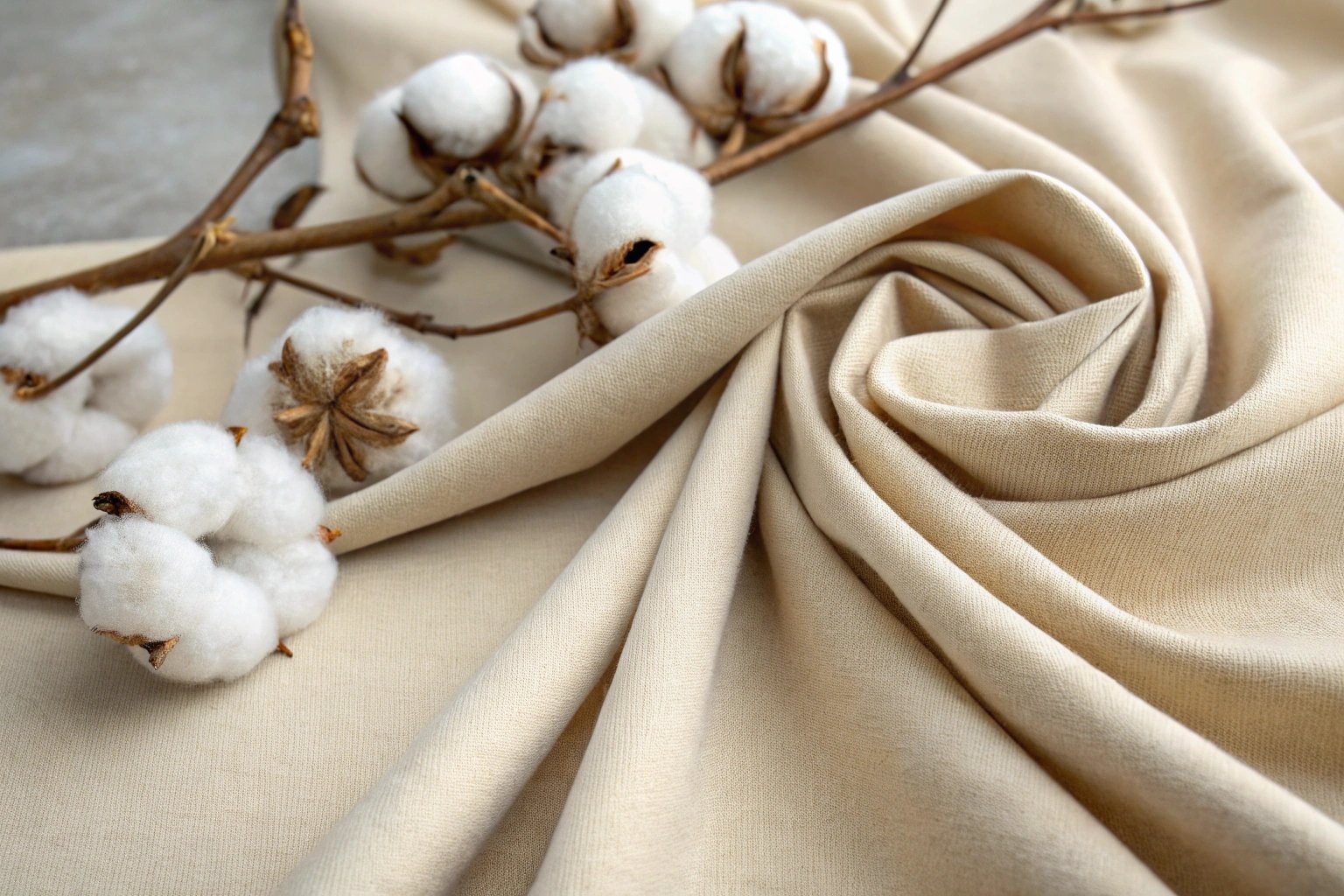
Best Uses: Casual wear, light workouts, yoga, and everyday athleisure.
Performance Features:
- Softness: Cotton provides a natural softness, making it comfortable against the skin.
- Breathability: Cotton-blends are breathable, but the synthetic fibers improve moisture-wicking abilities.
- Durability: Blending cotton with polyester or elastane increases the fabric’s durability and stretch.
Merino Wool: Temperature Regulation for Extreme Conditions
Merino wool is an excellent fabric for winter sportswear due to its natural temperature-regulating properties. It’s lightweight, breathable, and offers superior moisture-wicking abilities, which makes it suitable for both cold and warm climates.
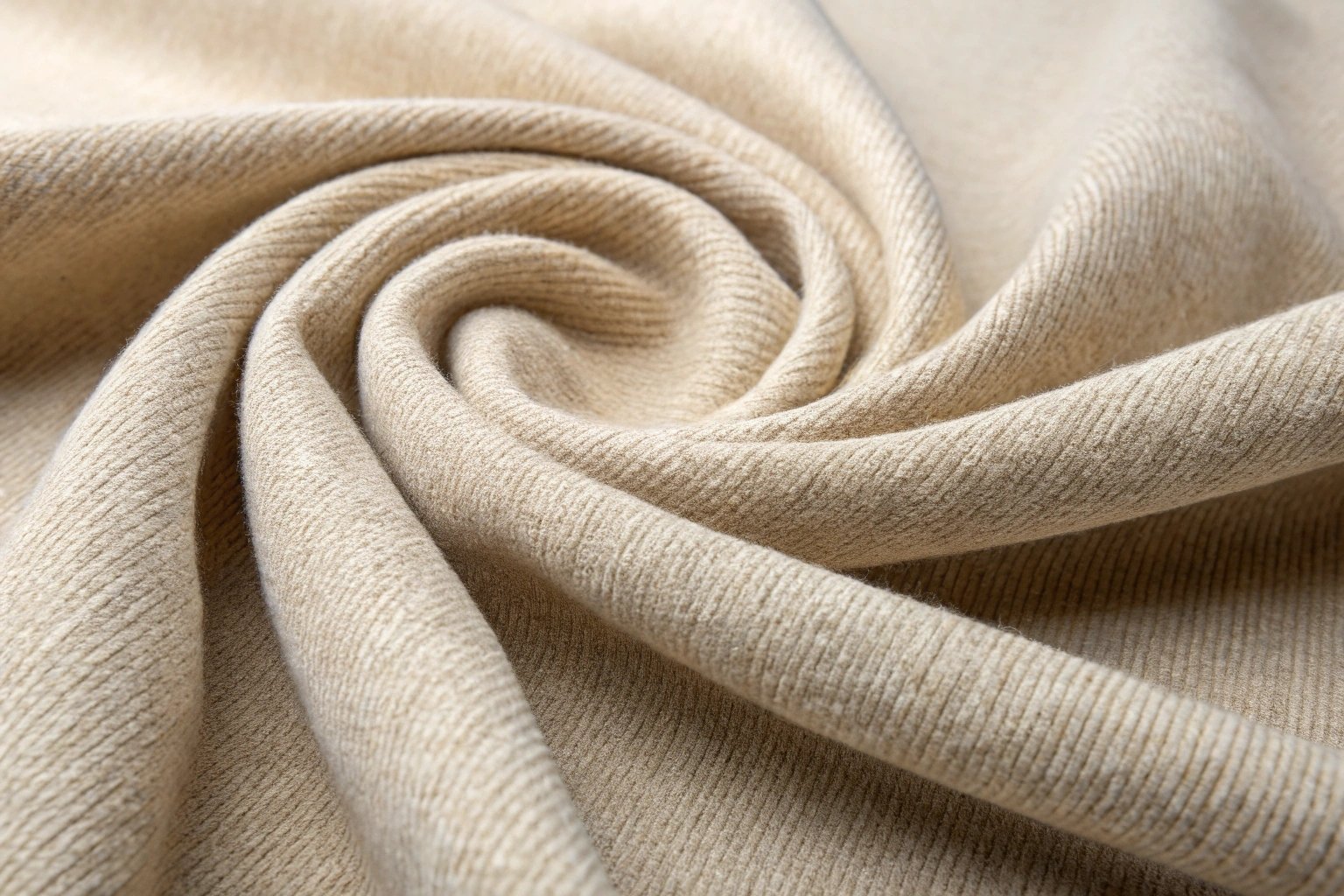
Best Uses: Winter sportswear, base layers, thermal gear, hiking apparel.
Performance Features:
- Thermoregulating: Merino wool can keep you warm in cold conditions and cool in warmer climates.
- Moisture-Wicking: It draws moisture away from the skin, keeping you dry and comfortable.
- Odor-Resistant: Naturally resists odor, so it can be worn longer without developing an unpleasant smell.
- Softness: Unlike traditional wool, merino wool is soft and non-itchy, making it suitable for all-day wear.
What is the best fabric for athletic clothes?
When selecting the best fabric for athletic wear, the key is to prioritize fabrics that offer moisture management, breathability, flexibility, and durability. A fabric’s ability to wick moisture away from the body, dry quickly, and provide adequate support is critical in athletic clothing.
For high-performance wear, polyester, spandex, and nylon are often the best choices. For more casual athleisure wear, fabrics like bamboo fiber and cotton blends offer comfort and breathability with the added benefit of sustainability.
Advanced Fabric Systems for Specialized Sportswear
In the development of premium sportswear collections, it’s crucial to integrate materials, structure, and activity level into a unified fabric strategy.
- Performance Grading: High-performance sportswear can be categorized by intensity levels: lightweight fabrics for low-intensity training, mid-weight for medium-intensity activities, and heavy-duty fabrics for high-impact sports.
- Climate-Based Fabrics: Design separate product lines for spring/summer breathable fabrics and fall/winter insulating fabrics, such as merino wool or polyester blends with thermal capabilities.
Conclusion
Selecting the best fabric for sportswear goes beyond just picking the most popular material. It’s about optimizing the fabric’s performance based on the activity, environment, and comfort needs of the consumer. Whether you’re designing for high-intensity workouts, yoga, or casual athleisure, the right fabric can enhance the wearer’s performance and overall experience. Understanding the unique benefits of each fabric, combined with the right manufacturing techniques, is key to creating successful, functional sportswear collections.

